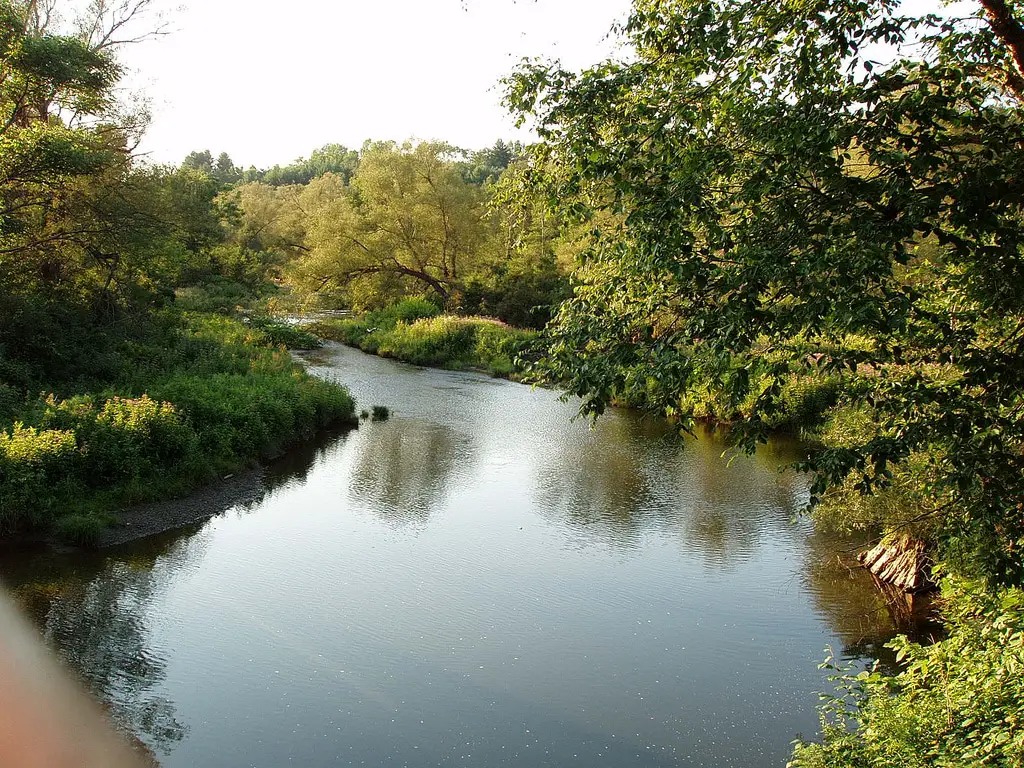Vermont, what a wonderful state full of history from the Revolutionary and Civil Wars, and many interesting lost treasure tales come out of this state. In this article lost treasures of Vermont, we will be exploring 10 lost treasures that are awaiting discovery in the great state of Vermont.
You will learn about lost Rebel loot, hidden treasures in the caves of Smugglers Notch, buried treasure chests, and much more. Although Vermont is a small state it doesn’t lack in its abundance of buried and lost treasure. So if you’re in the mood for some intriguing lost treasure tales then you will want to keep reading! Enjoy!!
10 Lost Treasures of Vermont
| TREASURE | AMOUNT | LOCATION |
|---|---|---|
| Levi Bailey’s Buried Treasure | An unknown amount of gold and silver coins | Bailey’s Mills 10 miles south of Woodstock, Vermont |
| Lost Rebel Loot From St. Albans Raid | $200,000 in gold and paper currency | Near Highgate Springs, Vermont near Lake Champlain |
| Buried British Gold Near Cedar Beach | $75,000 in gold coins | Somewhere near Cedar Beach close to Charlotte Vermont off of State Highway 7 |
| Revolutionary War Treasure Buried Near Lake Memphremagog | 75,000 sterling British gold and silver coins | Near Newport Vermont on the southern shore of Lake Memphremagog. |
| Four Treasure Chests of Gold Hidden Near Bristol | 4 treasure chests filled with gold coins | Westside of Green Mountain near Bristol, Vermont. |
| Buried Gold Near Bennington | $100,000 in gold and silver coins | Somewhere on Harmon Hill close to Bennington, Vermont. |
| St. Francis Treasure | $40,000 worth of gold and silver coins and church treasures | Near Bloomfield, Vermont on the west bank of the Connecticut River. |
| Hidden Treasure in the Caves of Smugglers Notch | Unknown | Smugglers Notch in Lamoille County Vermont. |
| David Jarvis’s Buried Gold Coin Cache | An unknown amount of gold coins | Near the head of the Winooski River close to Middlesex Vermont. |
| Lost Treasure Near Wallingford | An unknown amount of silver coins | Mountains near Wallingford, Vermont. |
Levi Bailey’s Buried Treasure
Levi Bailey was born on February 15, 1766, in Andover Massachusetts. In 1790 Levi moved from Massachusetts to Vermont where he settled in Reading. Here he established a number of businesses including a general store, grist mill, blacksmith shop, sawmill, linseed oil mill.
He built all these businesses and his home along what would be called Bailey’s Brook where he also built a dam for his milling businesses. This area became known as Bailey’s Mill. So suffice it to say Levi Bailey became a wealthy man who didn’t trust banks. Not many did in those days.
Levi told his doctor before he died on October 21, 1850, that he had buried a considerable sum of his wealth in the woods on the west side of his sawmill. As far as is known Levi’s buried treasure that probably consisted of gold and silver coins from the proceeds of his businesses has never been found and could still be buried somewhere in the woods near his old sawmill on the west side.
Bailey’s Mills is now a bed and breakfast that you can stay at about 10 miles south of Woodstock, Vermont.
Digging Deeper: Lost Treasures of Massachusetts
Lost Rebel Loot From St. Albans Raid
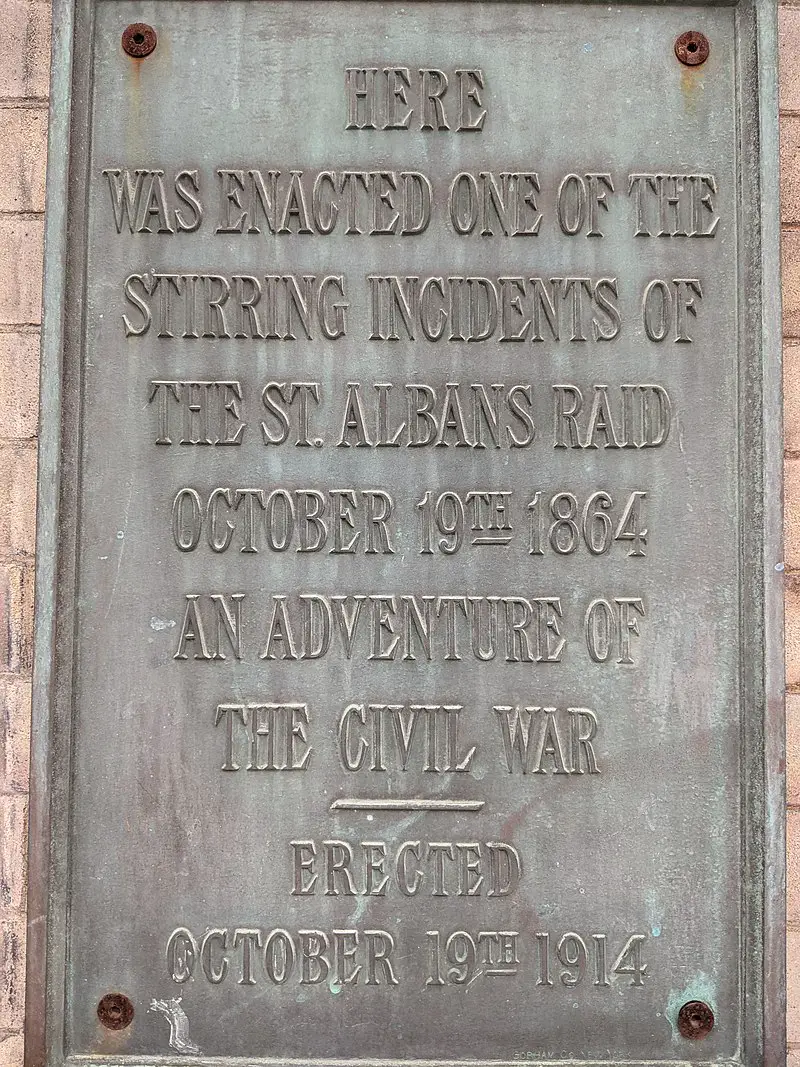
This story takes place on October 19, 1864, when Rebel raiders who were stationed in eastern Canada on the border with Vermont ascended on the town of St. Albans, Vermont. These Confederate forces were led by Officer Bennett Henderson Young who had earlier heard that three banks in St. Albans were holding Union gold. When the 21 Confederate soldier’s reached St. Albans Young fired a shot into the air which many of the townsfolk thought was a joke until one of the soldiers shouted we are Confederate soldiers and you are my prisoners. They proceeded to rob the First National, St. Albans, and Franklin County Banks.
They ended up stealing over $200,000 in gold and paper currency from the three banks. The soldiers then forced the prisoners from the robbers to swear allegiance to the Confederacy and locked them in the bank’s safes. The rest of the townsfolk were forced to the village green while the robberies were taking place.
Captain George Conger of the 1st Vermont Infantry Regiment decided to resist and formed a group of citizens to fight back. This action drove Young and his men from town. The Confederates retreated back to Canada.
It is said that while fleeing back into Canada some of the Rebels that were hauling the loot had their horses give out and lieutenant Young ordered his men to bury the saddlebags of gold coins in a shallow hole which they put a very heavy flat rock on top as a marker.
Years later a diary was found of one of the soldiers who was part of the St. Albans Raid. In the diary, he wrote that they buried the gold coins just outside of Highgate Springs, Vermont near Lake Champlain before going into Canada. In 1908 a Civil War historian got ahold of the diary and tried searching for the lost Confederate gold but he didn’t find it.
Buried British Gold Near Cedar Beach
In 1773 British Officers were attacked by Indians near Charlotte, Vermont. They managed to bury the payroll they were carrying which was $75,000 in gold coins near Cedar Beach. All died but two soldiers who went back to reclaim their gold but couldn’t find the exact area they had buried it.
The two that survived were probably not the ones who buried it so they might not have had a clue where it was. The gold coins are presumed still buried somewhere near Cedar Beach close to Charlotte Vermont off of State Highway 7. If those coins are still there they would be worth millions of dollars today!
Revolutionary War Treasure Buried Near Lake Memphremagog
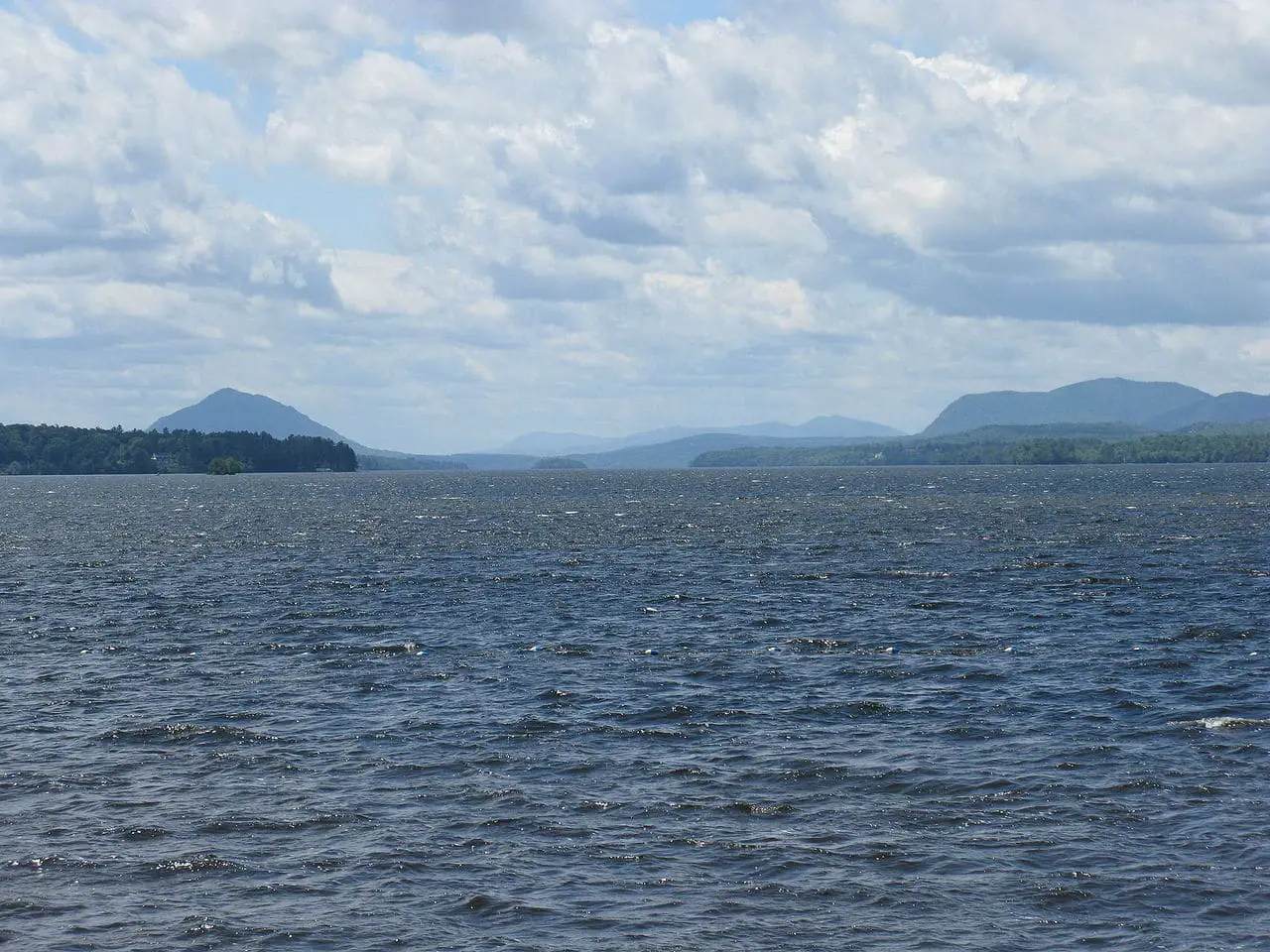
During the Revolutionary War while British troops were fleeing from Patriot forces they buried 75,000 sterling British gold and silver coins near Newport Vermont on the southern shore of Lake Memphremagog.
If the treasure is still there it would be worth a small fortune. It would be well worth someone’s time to take a metal detector to the beaches on the southern end of Lake Memphremagog. The coins could have washed out into the lake as well, if so a waterproof metal detector would be your best bet and of course a good sand scoop!
Four Treasure Chests of Gold Hidden Near Bristol
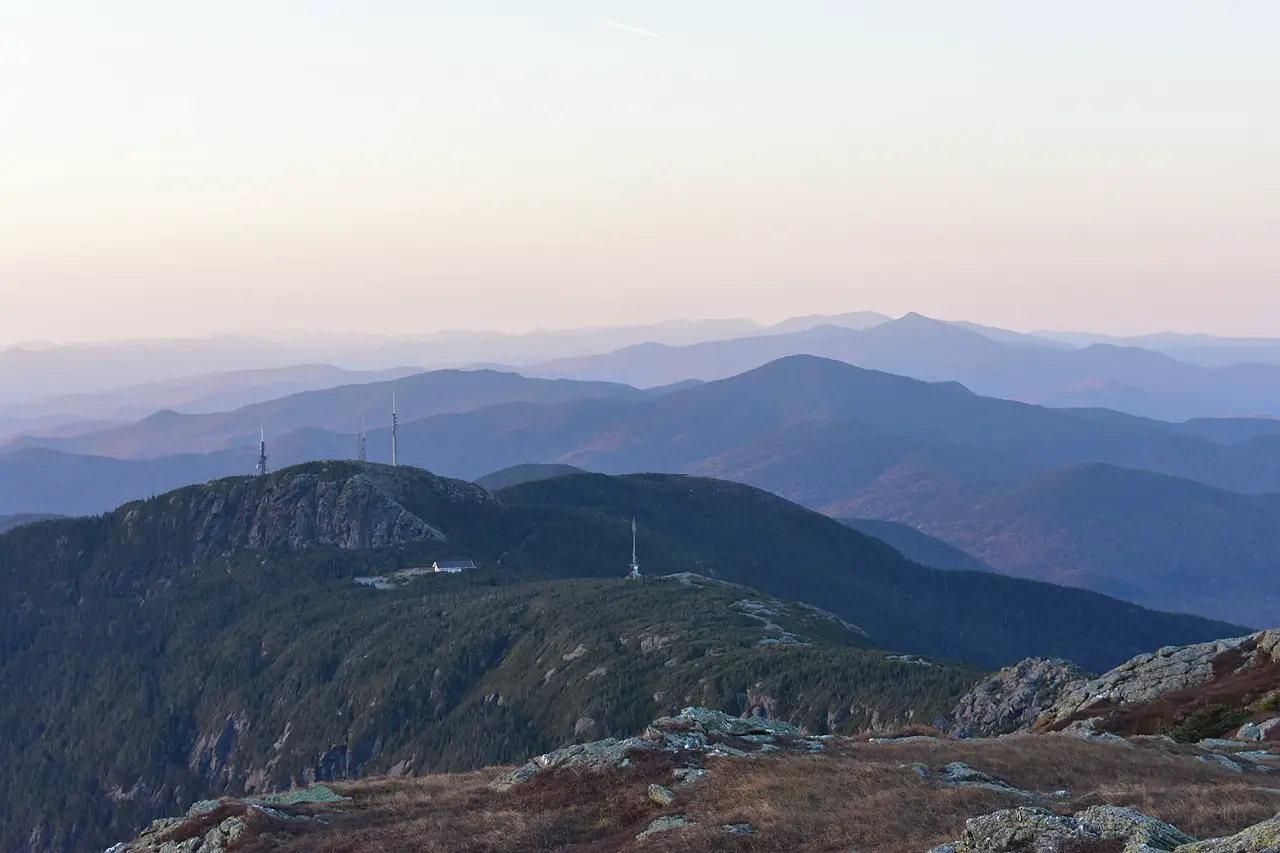
Nebuchadnezzar was a merchant ship that would sail up and down the eastern coast of the United States in the mid-1700s trading and selling its goods. The ship’s captain was Charles Benoit who was not liked among his crew. While the Nebuchadnezzar was anchored in the Boston Harbor it is said that Captain Benoit was murdered by his crew. It is said that the crew then took several wooden chests from the ship that contained gold coins and rowed them in small boats to shore.
They planned on taking the chests of coins overland to Quebec so they could escape prosecution from colonial law in New England. The men stole some horses and wagons loaded them with the chests of gold and proceeded out of Massachusetts to Vermont then they planned on going onto Canada but didn’t realize how rough the land was in that area.
The men ended up making it to the Green Mountain Range where they decided to hide the four treasure chests of gold in a cave on the west side of Green Mountain. This was near a small town called Pocock which was renamed Bristol years later. It is said that some of the people of Pocock remember men coming to town looking for horses and wagons to purchase and that when they didn’t find anything for sale that they went on their way north.
So who knows? There could be four treasure chests filled with gold coins hidden in a cave on the west side of Green Mountain near Bristol, Vermont. Many have looked for this treasure but it has never been found.
Buried Gold Near Bennington
After the defeat of the Battle of Saratoga in 1777, it is said that fleeing British soldiers buried several wooden kegs of gold and silver coins on Harmon Hill on the Appalachian trail about five miles southeast of Bennington, Vermont. The treasure at the time is estimated to be close to $100,000.
Today those coins would be worth millions of dollars and they could be waiting to be discovered somewhere on Harmon Hill close to Bennington, Vermont!
St. Francis Treasure
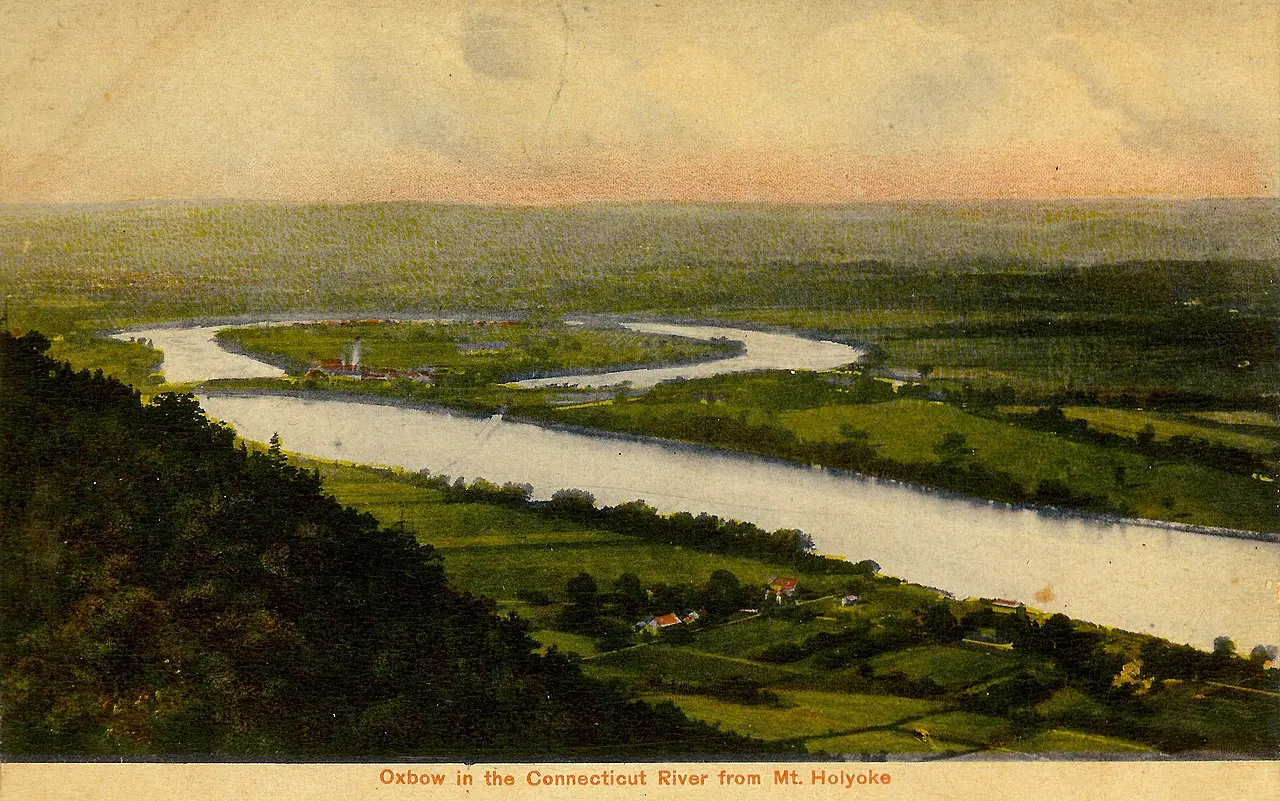
After a raid on the town of St. Francis Quebec Canada, during the French and Indian War, a group of British Loyalists known as Roger’s Rangers returned to their home in the Providence of New Hampshire. During their raid, they captured gold and silver coins among other treasures. It is reported that they buried about $40,000 worth of gold and silver coins and church treasures near Bloomfield, Vermont on the west bank of the Connecticut River.
Hidden Treasure in the Caves of Smugglers Notch
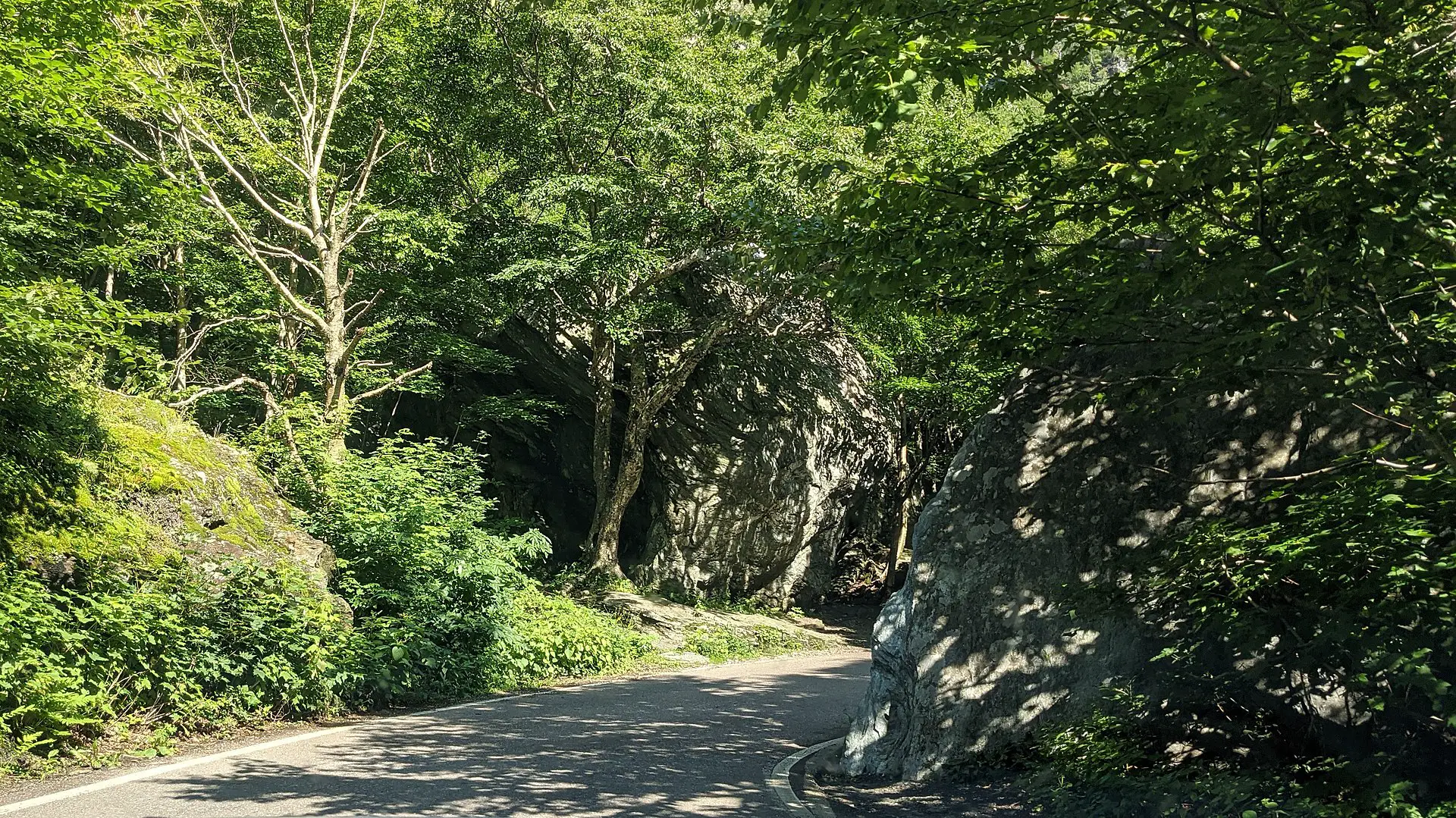
Smugglers Notch is a mountain pass that separates Mount Mansfield from Spruce Peak in Lamoille County Vermont. Smugglers Notch gets its name from people smuggling goods between the U.S. and Canada when trade was forbidden between the two countries because of the Embargo Act of 1807.
This area was used heavily during this time with people from Vermont illegally sending their goods through here and even slaves used it as they escaped to Canada. Smugglers Notch was also used as a hideout for thieves and it’s believed that in the many caves in the area there are numerous hidden treasures left behind.
Along with the treasures, there would be many artifacts I would imagine scattered all over this mountain pass. You could have a field day metal detecting this area. But like many great areas to detect Smugglers Notch is part of Smugglers Notch State Park so metal detecting and digging may be prohibited.
David Jarvis’s Buried Gold Coin Cache
David Jarvis was a lumberjack in the early 1700s. It is said that he made a fortune in the lumber business. He is said to have buried his fortune in gold coins on his farm near the head of the Winooski River near Middlesex Vermont. Jarvis died in a logging accident before he was able to reclaim his gold coins.
Many treasure seekers have searched for this treasure for over two hundred years but it has yet to be found and could still be buried on his old farmstead at the head of Winooski River.
Lost Treasure Near Wallingford
Legend has it that in the late 1700s Spanish prospectors ended up in the Mountains near Wallingford, Vermont. They were in search of gold and silver mines. They found a rich silver vein and mined an enormous amount of silver ore from the mines they dug in the area. They are said to have melted the raw silver into coins.
They made so many coins that they couldn’t carry it all back to Spain so they filled up what they could carry in saddlebags and left the rest of it in the mine and they would come back later to retrieve it. As the story goes the miners never returned for the silver coins and are presumed still awaiting discovery in a mine shaft on a mountain near Wallingford, Vermont!
Conclusion Lost Treasures of Vermont
I hope you enjoyed the lost treasures of Vermont. Vermont is a beautiful state with a boatload of interesting history stretching back hundreds of years. Maybe you will be one of the lucky few who actually find one of these lost treasures but if not it’s always fun to wonder what is still buried and waiting to be found. Until next time Happy Treasure Hunting!
